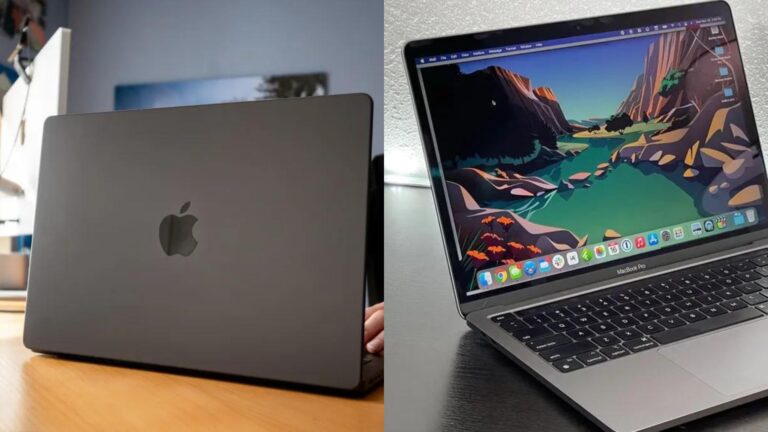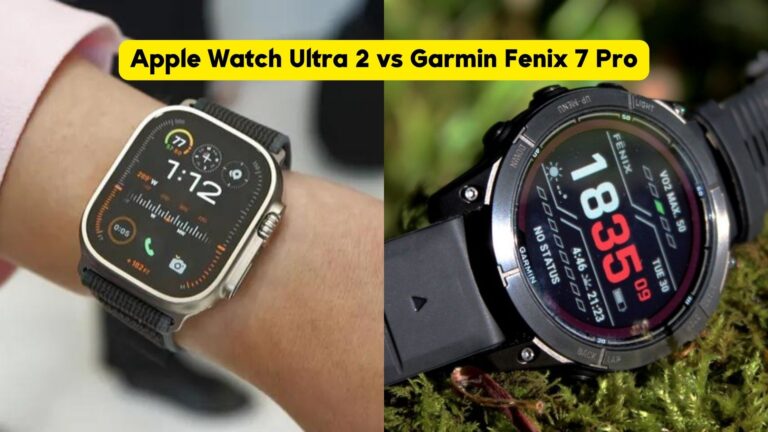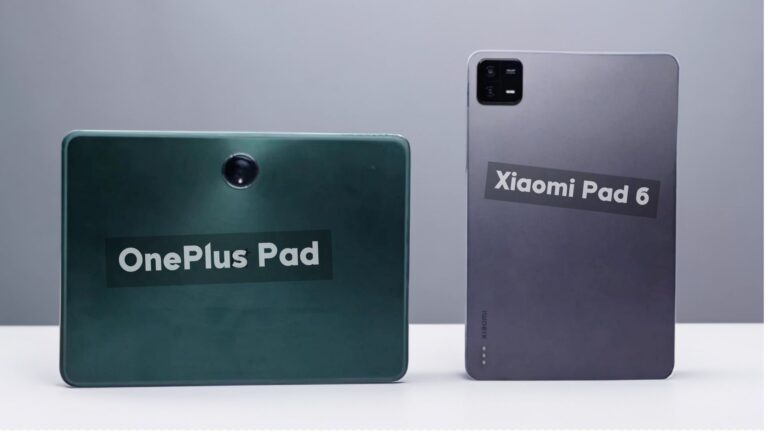Is the Xiaomi Pad 6 poised to be Samsung’s top budget tablet contender? Let’s delve into a comprehensive comparison to determine the answer.
Specifications & Pricing
| Xiaomi Pad 6 | Galaxy Tab S6 Lite | |
|---|---|---|
| Display | 11-inch 144Hz WQHD+ | 10.4” WUXGA+ |
| Processor | Snapdragon 870 | Exynos 9611 Octa core |
| RAM | 6GB/8GB | 4GB |
| Storage | 128GB/256GB | 128GB |
| Battery | 8840 mAh | 7040mAh |
| Charging | 33W Hyper Charging | Standard Charging |
| Price Range | $329 – $550 | $349 |
When it comes to pricing, both tablets are closely matched. However, the exact price can vary based on your location. In the U.S., the Xiaomi Pad 6 is priced around $400, while the Tab S6 Lite is typically $349. But keep an eye out for sales, as the Tab S6 Lite can sometimes be found for less. Given these factors, the Xiaomi Pad 6 has a slight edge in terms of value.
Design & Build
In terms of design and build, the Xiaomi Pad 6 closely mirrors the Galaxy Tab S8. However, it has a more squared-off design compared to the rounded edges of the Tab S6 Lite. For the latest prices and more details on both tablets, check out the link provided. It’s also worth noting that the Tab S6 Lite offers a starting storage of 64GB, while the Xiaomi Pad 6 doubles that with 128GB.
Display & Battery Life
Display quality is a significant differentiator between the two. Side by side, there’s a clear winner. The Tab S6 Lite features a 10.4-inch TFT LCD display with a resolution of 1200 x 2000, while the Xiaomi Pad 6 boasts a slightly larger 11-inch IPS LCD display with a sharper 2880 x 2000 resolution.
In real-world comparison, the Xiaomi Pad 6’s display is noticeably superior. It’s brighter, showcases more vibrant colors, and offers a smoother experience with a refresh rate of up to 144Hz, compared to the Tab S6 Lite’s 60Hz.
When it comes to battery endurance, both tablets perform commendably. The Xiaomi Pad 6 offers just over seven hours, while the Tab S6 Lite slightly outperforms it with 7.5 hours. It’s worth noting that my tests involve more intensive usage. However, for the average user, both tablets should comfortably last a day or two, especially if you’re mindful of screen brightness. If battery longevity is a priority, the Galaxy Tab S6 Lite is the better choice.
Stylus Difference
While the Xiaomi Pad 6 is compatible with the second-generation smart pen, the Tab S6 Lite takes the lead here. The reason? The S Pen comes bundled with the tablet at no additional charge. For those who enjoy sketching, jotting down notes, or simply navigating the interface with a stylus, the Tab S6 Lite with its included S Pen is hard to surpass. Both tablets also support Bluetooth keyboards and mice for enhanced productivity. However, the Tab S6 Lite has an edge with its Samsung Dex feature, which offers a more laptop-like experience.
Camera & Audio
While tablet cameras typically don’t boast the best quality, the cameras on these two devices are surprisingly competent, especially for tablet standards. The Xiaomi Pad 6 is equipped with a 13-megapixel rear camera, outclassing the 8-megapixel sensor on the Tab S6 Lite. For selfies and video calls, the Xiaomi Pad 6 offers an 8-megapixel front-facing camera, whereas the Tab S6 Lite settles for a 5-megapixel shooter. In terms of video capabilities, the Xiaomi Pad 6 stands out with its ability to record in 4K resolution, a feature the Tab S6 Lite lacks, as it maxes out at 1080p. Here are some sample shots from both tablets to provide a clearer perspective on their imaging capabilities.
The Tab S6 Lite boasts a headphone jack, which is absent in the Xiaomi Pad 6. On the audio front, both tablets come equipped with Dolby Atmos speakers. However, the Xiaomi Pad 6 houses four speakers, double that of the S6 Lite. This results in a richer and louder audio experience from the Xiaomi tablet.
Software & Performance
On the software front, both tablets run on Android 13, but their user interfaces exhibit distinct differences. The Tab S6 Lite features a taskbar at the bottom and boasts an edge panel on the side, offering quick shortcuts. The notification dropdown and quick settings also have unique appearances on each device. However, given that both operate on Android 13, users can expect a lot of similar functionalities, albeit accessed in slightly varied manners. Additionally, both tablets present the Google Discover news feed to the left of their home screens.
When it comes to software longevity, both tablets are slated to receive at least three major updates. The Xiaomi Pad 6 promises five years of security updates, while the Galaxy Tab is anticipated to offer four to five years of the same.

In terms of performance, the distinction is clear. A glance at the Geekbench scores immediately reveals that the Tab S6 Lite doesn’t quite match up to the prowess of the Xiaomi Pad 6. This difference is palpable even in daily use; the Xiaomi Pad 6 offers a more fluid and responsive user experience compared to the Galaxy Tab. This disparity extends to gaming as well. While the Xiaomi Pad 6 delivers superior graphics and smoother frame rates, the Tab S6 Lite isn’t necessarily poor in this department. However, for those prioritizing gaming performance in their tablet choice, the Xiaomi Pad 6 emerges as the clear winner.
Final Words
The Xiaomi Pad 6 seems to have more advantages in terms of specifications, performance, display quality, and additional features. However, the Tab S6 Lite has its own strengths, particularly the inclusion of the S Pen at no extra cost and the presence of a headphone jack. The choice between the two would depend on individual preferences and priorities. If one values performance, display quality, and storage, the Xiaomi Pad 6 might be the better choice. On the other hand, if the S Pen and Samsung’s software are more important, then the Tab S6 Lite could be more appealing.





